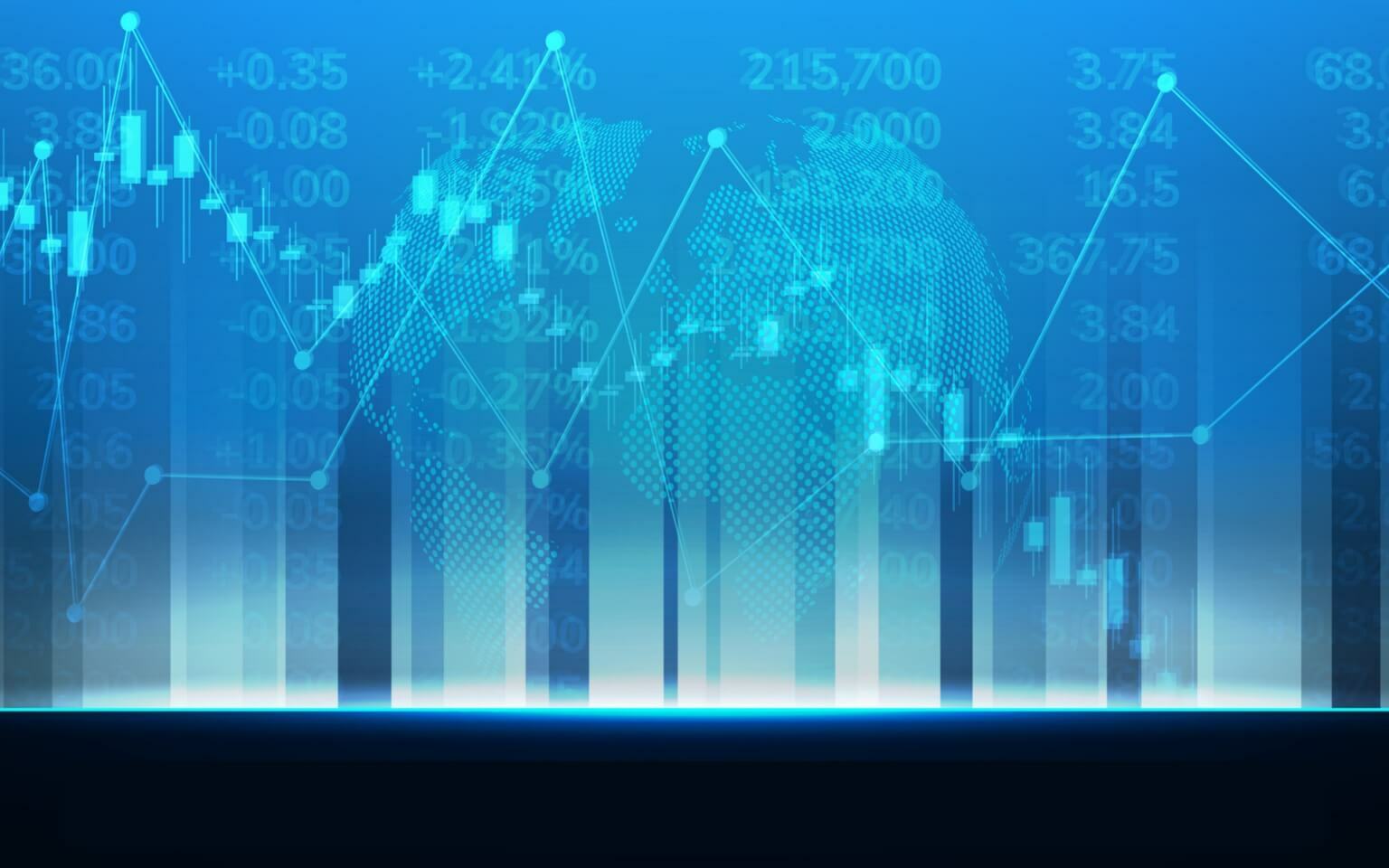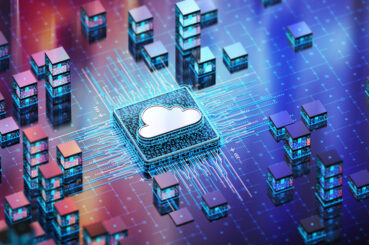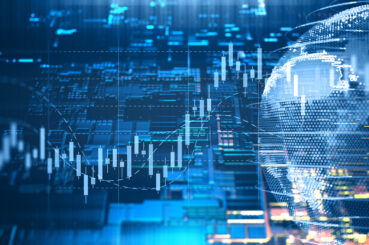10 Ways To Build Layers Of New Value Around Your ETRM System

Getting the most out of your energy trading and risk management (ETRM) system means taking an ecosystem perspective to technology decisions that aim to extend and enhance the inherent capabilities of the platform. We’ve previously published articles about the concept of postmodern architecture or the idea of an ETRM of the future. Both are about leveraging the trading and risk system as a key component of a highly integrated suite of technologies that enable the business to unlock value while keeping an eye on risk.
READ MORE: Q&A: Maximizing The Performance Of Your ETRM System In 2022
Whether you’re looking to extend an existing ETRM or planning for a greenfield implementation, here are 10 ways to develop an ecosystem that builds layers of new value around your core trading and risk system:
- Cloud – Leveraging platforms like Microsoft’s Azure or Amazon’s AWS as a foundation for your ETRM solution ecosystem not only helps manage cost and enhances cybersecurity, but it provides ready access to the tools and technologies you need to get started with artificial intelligence (AI), analytics, and robotic process automation (RPA).
- AI & ML – Opportune has a podcast about the benefits of applying speech to text, natural language processing, and machine learning to understand a trader’s ICE chat, text message, or voice-to-enter deals, but how about use cases for intelligent document review technology? Efficiently dig through reams of digitized contracts for embedded optionality, negative price provisions, key contract clauses like force majeure (particularly handy these days), and more.
- Automation & Integration – Take advantage of API-based integration services and RPA to automate highly repetitive tasks like downloading data from third-party websites or extracting it from emails and entering it into your ETRM system. This allows for more speed and accuracy while freeing your people to focus their time on the next two points…
- Big Data & Analytics – Tools like Power BI, Tableau, and Spotfire make it easier than ever for power users to help themselves to insights from ever-larger data sets all while relying less and less on increasingly scarce IT resources. Unlock the kind of ad hoc analysis that enables a nimble business to respond to highly valuable but transient market opportunities.
- Optimization – Pair a powerful optimization tool like WAM from ION with an ETRM that has strong scheduling and logistics functions such as RightAngle to reduce costs and maximize revenue. Model extreme scenarios like hurricane Harvey or winter storm Uri for insights to help your organization prepare for the unexpected.
- Mobility – Simple things make a big difference. Can a book lead or trading manager extend their authority to traders and issue approvals while on the go? Can schedulers update nominations while on call and away from the office without lugging their laptop? Mobile access to critical applications, data, and processes is no longer a luxury, and the technology platforms available today make it easier than ever to build apps yourself.
- IoT – In the energy industry, we’ve been doing the IoT thing quite a bit longer than most. Electronic tank gauges can automatically update physical inventory numbers in the ETRM system. Are all units operating in the green at the plant or is there an upset that will change your exposure in the coming days? Do I have sufficient capacity for a storage play here and now?
- Collaboration – Trade in physical commodities generates dozens of documents like a contract, pipeline statements, certificates of analysis (COA), bill of lading (BOLs), customs paperwork, all kinds of region/country-specific regulatory documents, and more. Adding and integrating tools to generate, digitize, collate, store, revise, version-track, sign, and share with stakeholders across the trade-to-cash lifecycle can increase accuracy and productivity.
- Blockchain – While the mass media buzz about blockchain has died down a bit the technology certainly still shows significant promise in its ability to edge important parts of the trade-to-cash lifecycle ever closer to being frictionless. It may not directly improve market risk analytics but the traceability, transparency, immutability, and decentralization via DLT are already being integrated into several ETRM and CTRM platforms.
- Business Continuity – In the past, we might have simply said “cybersecurity” here and cited the Colonial Pipeline and Rompetrol hacks, but it’s more important than ever to take a broader view of critical service interruptions and resilience. Increased reliance on integration, automation, analytics, and AI means that your business continuity plan (BCP) and disaster recovery (DR) plans need to be comprehensive and well-rehearsed.
Opportune can help you design the right trading, risk management, and logistics solution ecosystem to meet and exceed the evolving needs of your business and lay out a roadmap for growth. CLICK HERE to learn more.
READ MORE: Key Considerations For Supporting Your ETRM System
Related Insights
Our experts are here
for you.
When you choose Opportune, you gain access to seasoned professionals who not only listen to your needs, but who will work hand in hand with you to achieve established goals. With a sense of urgency and a can-do mindset, we focus on taking the steps necessary to create a higher impact and achieve maximum results for your organization.
LeadershipGeneral Contact Form
Looking for expertise in the energy industry? We’ve got you covered.
Find out why the new landmark legislation should provide a much-needed boost for the development of carbon capture.




